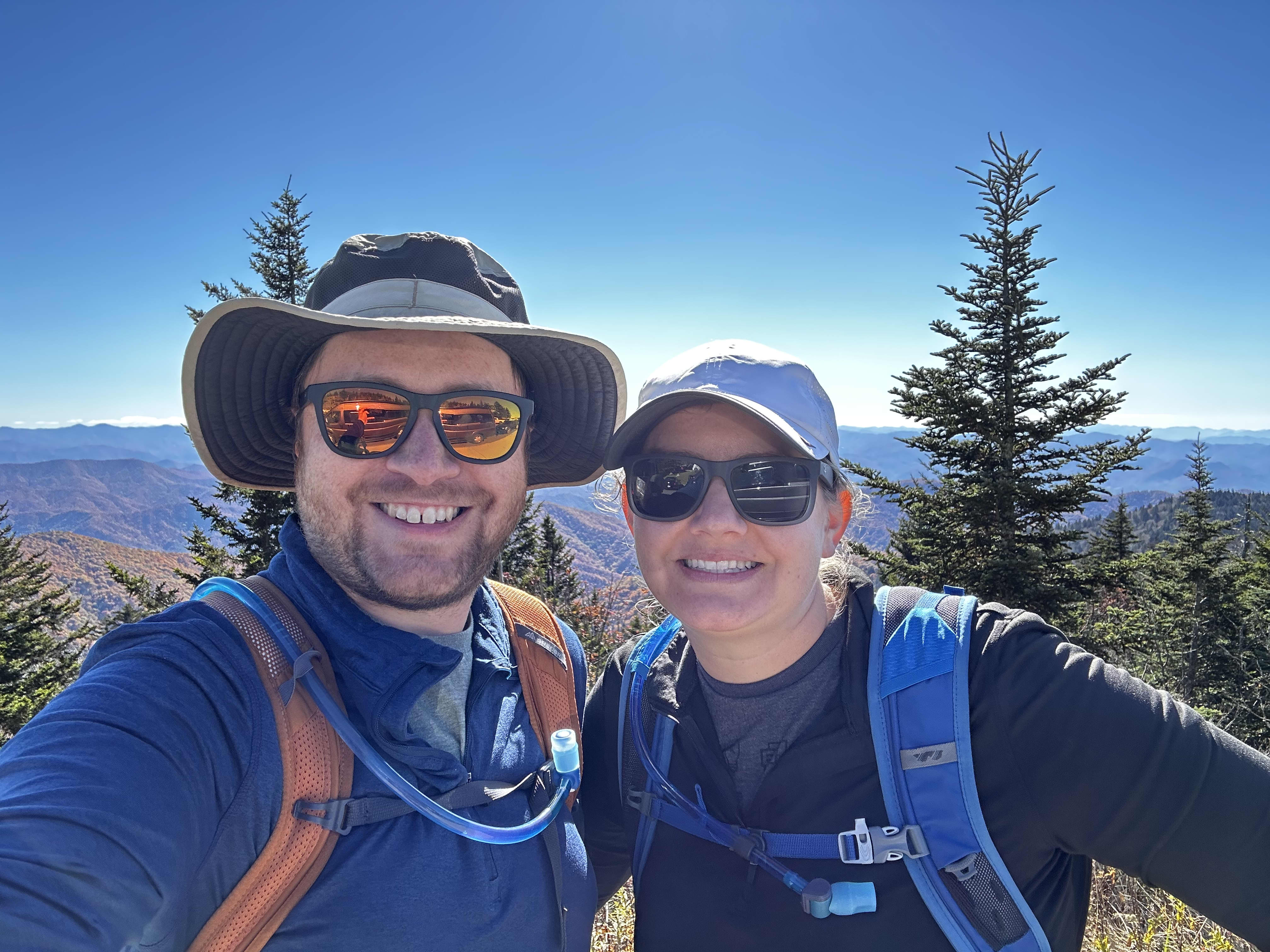The 5 levels of financial freedom, according to married money coaches, who say they’ve reached level 3
6 min read
It’s not hard to see why people find the concept of FIRE — short for financial independence, retire early — alluring.
Adherents to the movement aim to stash away as large a portion of their income as possible in investment accounts. The more aggressively they save, the sooner they can reach their so-called FIRE number, the amount of money in their account which they can withdraw from in perpetuity to replace income from a 9-to-5 job.
It’s an attractive idea — who doesn’t daydream about leaving their job for good? But it comes with some financial realities. The traditional model for FIRE prescribed by early torchbearers of the movement, such as Mr. Money Mustache, relies on earning a high salary while living minimally to keep expenses low.
“That message doesn’t actually work for most people,” says Jessica Fick, who along with her husband, Corey, runs The Fioneers, where they produce content and offer courses, coaching and retreats centered around financial independence.
“Most people don’t make software engineer salaries and can’t live on $30,000 a year,” she adds.
In other words, if you’re a normal person living on a normal salary, aiming to save enough to achieve FIRE is either going to require a lot of deprivation or take a decent chunk of time. If it’s the latter, Jessica and Corey think you ought to enjoy your life along the way.
“We look at how people can make the life they want to be living a reality on their path to FIRE, not just after,” Jessica says.
The Ficks, both age 36, have identified five stages of financial independence, and say they’re currently in level three, known as “Coast FI.” They’ve saved enough money to eventually retire on — they estimate they’ll be able to stop working in their 50s at the current rate — and can dedicate the money they make now toward paying for their lifestyle.
For the couple, that means having a home base in Boston and spending six months in 2023 traveling the country in a van, spending time outdoors with their goldendoodle, Madison.
Here’s a closer look at the five levels of financial freedom.
1. Debt freedom
The first step toward financial independence: freedom from debt. The Ficks aren’t anti-debt purists. A mortgage, for instance, could be a part of a perfectly healthy financial plan, they say.
But for those burdened with high interest rate debt, such as a credit card balance, paying down debt means creating space in your budget to more aggressively save for retirement.
“The key thing about debt freedom is that it reduces your expenses,” says Corey. “Once you get rid of that debt, you can either save more or work less.”
2. ‘F you’ money
Building enough wealth to say, ahem, “forget you” isn’t just about reaching a specific monetary figure, the Ficks say.
“It’s also a feeling,” says Jessica. “It’s the amount of money you feel you need to get out of a bad situation, or to take advantage of an opportunity, like leaving a toxic job or starting a new business.”
This number will vary depending on lifestyle factors such as whether you have children and how easily you could pivot to a new job in your field if your current one isn’t working out. It doesn’t have to be in cash — you can count investment accounts, for instance, if you’d be willing to tap them under the right circumstances.
But that willingness is key: “It’s not ‘F you’ money if you don’t feel like you can use it,” Jessica says.
3. Coast FI
Determining whether you’ve hit Coast FI is going to require some math. First, you need to have a FIRE number in mind. Generally, you find this figure by determining the annual income you’d want to live on in retirement and multiplying by 25. Really, you’re dividing by 4% — the amount you’re thought to be able to safely withdraw every year in retirement without running out of money.
Say you thought you could live comfortably in retirement on $40,000 per year. Under the traditional FIRE number calculation, you’d need $1 million in investments to make that happen.
If you’ve reached the level the Fioneers call Coast FI, the money already in your investment accounts will hit your FIRE number, given certain market assumptions, without you ever having to invest another dime.
You can play around with a compound interest calculator to see if you’re on track. Returning to the previous example, say you’re 25 and aiming to hit your FIRE number by age 50. If you had $175,000 in a Roth IRA and expected to earn a 7% annualized return on your portfolio, you’d be on track to be a millionaire by age 50 without having to add to your investments.
In the meantime, every dollar you make goes toward funding your current lifestyle. In other words, you coast.
For the Ficks, it’s meant putting money into a business that has grown profitable enough to allow them to leave their day jobs and hit the road in their camper van.
“The dream is location independence and being able to achieve that well before we reach financial independence,” Corey says. “Buying and building out the camper van and being able to travel for three or six months a year is part of the dream.”
4. Semi-retirement
Someone could theoretically “coast” all the way to their retirement, but if you continue to contribute to retirement accounts and live below your means, you may find yourself with the ability to live in semi-retirement — a state some FIRE adherents have nicknamed “Barista FI.”
At this stage, you can work less, or accept lower-paying work you find enjoyable — say, making cappuccinos at your favorite local cafe — while supplementing your living expenses with withdrawals from your investment accounts.
“You might withdraw 1% or 2%, but you’re still covering the rest with active income,” says Jessica. “And even with the withdrawing, your investments will still grow to provide you with the traditional retirement number that you’ll need at a later point in time.”
5. Financial independence
At the final level, withdrawals from your savings completely replace income you would otherwise earn from working. At their current rate, the Fioneers expect to reach full financial independence in their 50s, but that number isn’t set in stone. Should their income exceed their current lifestyle needs, they could put the excess money toward intermediate-term goals.
They could also resume investing toward retirement, which could boost their FIRE number or move their retirement date closer.
“Reaching Coast FI doesn’t mean that we can’t save another dollar,” says Corey. “It just gives us the option to live a more intentional life.”
DON’T MISS: Want to be smarter and more successful with your money, work & life? Sign up for our new newsletter!
Want to land your dream job in 2024? Take CNBC’s new online course How to Ace Your Job Interview to learn what hiring managers are really looking for, body language techniques, what to say and not to say, and the best way to talk about pay. Get started today and save 50% with discount code EARLYBIRD.
Discover more from Slow Travel News
Subscribe to get the latest posts sent to your email.



